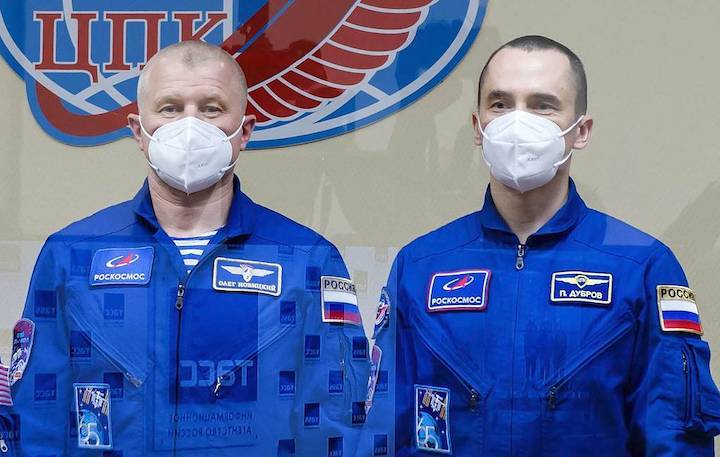"Over this period, the cosmonauts will lay cable networks and pipelines, install means of fastening large-size objects, and also an airlock and a radiation heat exchanger that are currently mounted on the Rassvet small research module," Roscosmos explained.
The Nauka multi-purpose space research lab was launched from the Baikonur spaceport on July 21. The module docked with the International Space Station on July 29.
The module is for implementing a Russian program of applied research and experiments. With the launch of the Nauka research module into operation, the Russian segment of the International Space Station will receive additional space for equipping workplaces, storing cargoes and accommodating water and oxygen regeneration equipment.
The Nauka module will provide a second toilet for Russian cosmonauts (the first is located in the Zvezda module) and a room for a third crewmember. It will also use the European Robotic Arm (ERA) that will help perform some operations without spacewalks.

